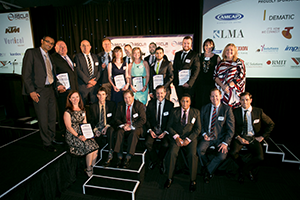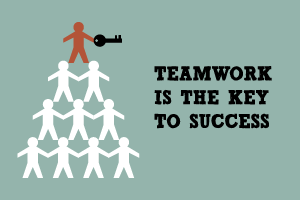Earlier this month, the Australian Supply Chain and Logistics (ASCL) Awards were held in Sydney. The oldest and most prestigious awards program in the industry, the ASCL Awards represent the most recognised and esteemed awards for an individual or a company to be awarded. As a proud sponsor of this yearly event, LMA is always eager to hear about how each nominee is taking strides to lead and develop the industry into the future.
Particularly coveted during the Awards proceedings is the Future Leaders Award. The purpose of the Future Leaders Award is to provide incentive and recognition to young professionals who are both currently working in and wish to continue their career path within the Supply Chain, Logistics and Transport Industry. As part of their win, each Future Leader is awarded with an enrolment into LMA’s ‘The Performance Edge’ 10-week development program.
LMA will soon be welcoming High Commendation Future Leader recipient Nathan Barrett, National Health and Safety Manager from Young Guns Container Crew in Brisbane into ‘The Performance Edge’ program. Industrious, intelligent and team orientated, Nathan is representative of what the Future Leaders Awards are all about, developing professional and personal skills and encouraging the leaders of tomorrow to step up into their future roles.
“The greatest attribute I see in effective leaders is empathy… Knowing when to push for higher expectations, yet also identifying when assistance is needed,” Nathan says.
Founded in Brisbane and now with a nationwide presence, Young Guns Container Crew has a reputation for the high quality service and professionalism it has injected into the industry. Ten years old and now with over 400 team members, the business is committed to providing opportunities for the people it employs and for their customers.
Traditionally, ‘The Performance Edge’ program is only awarded to the Future Leaders winner but Nathan’s dedication to his own development and interest in progressing to become an industry leader has seen him recognised by his peers and mentors as someone unquestionably deserving of this high level of training.
“I want to take away some specific techniques and tips on dealing with our customers and becoming leaders within the industry, as opposed to a leader in our business. I’m excited to learn from the outstanding people I have met from LMA and look forward to developing my personal skillset.”
The future looks bright for both Young Guns Container Crew and the Supply Chain, Logistics and Transport Industry with both recognising that their power and progression is in their people and how they are developed in the years to come.











